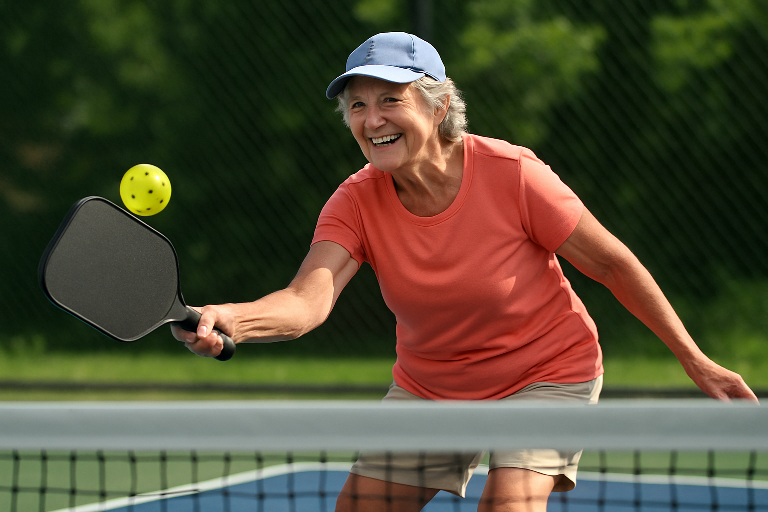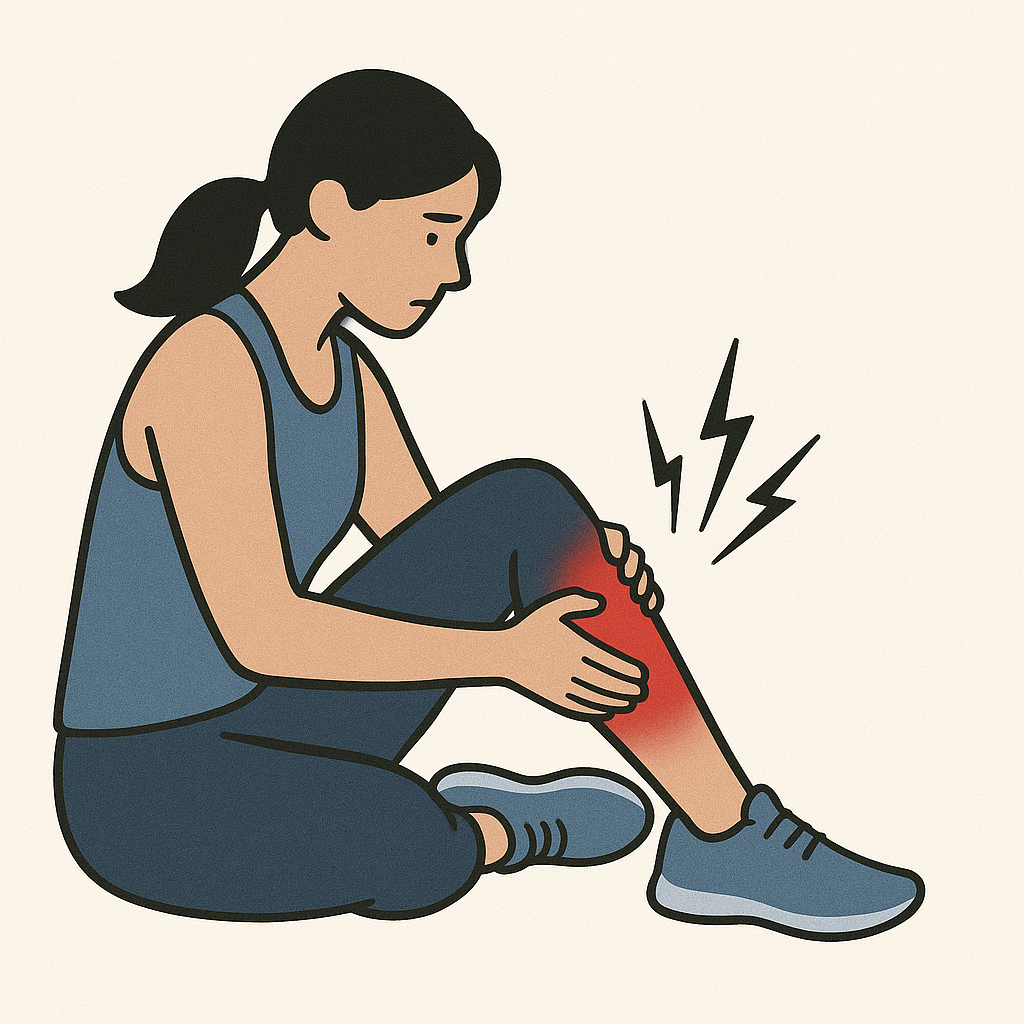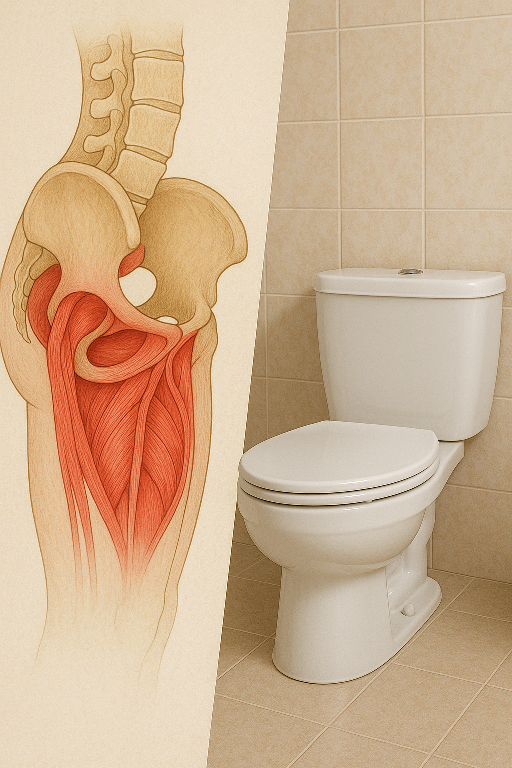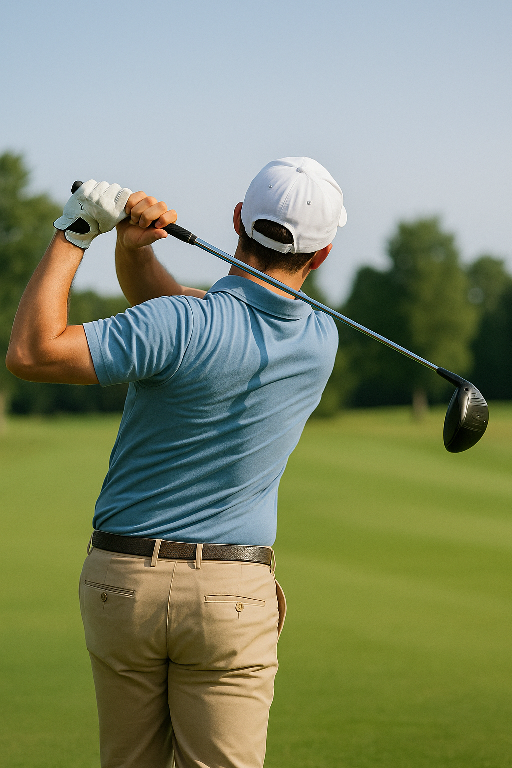
Pickleball Isn’t Just Fun — It’s Great for Your Joints Too
Pickleball’s Appeal
Pickleball is one of the fastest-growing sports in the country, attracting players of all ages. It’s social, easy to learn, and provides a great workout without being as high-impact as tennis or running. For people living with osteoarthritis, that’s an important point — staying active is one of the best ways to keep joints healthy.
Does Osteoarthritis Stop You From Playing Pickleball?
Absolutely not. In fact, inactivity often makes Osteoarthritis worse. When joints aren’t moved regularly, cartilage gets less nourishment, stiffness increases, and muscles that support the joints begin to weaken. Over time, this can make pain worse.
Pickleball, when played safely, can actually help by:
- Keeping joints mobile through low-impact movement.
- Strengthening muscles that support knees, hips, and shoulders.
- Boosting balance and coordination, reducing fall risk.
- Improving cardiovascular health, which benefits overall well-being.
- Providing social connection, which can lower stress (stress often makes pain feel worse).
Tips for Playing Pickleball with Osteoarthritis
- Warm up with gentle stretches and light cardio before starting.
- Play at your own pace — doubles may be easier than singles since it requires less court coverage.
- Choose supportive shoes designed for court sports.
- Take breaks and listen to your body — soreness is different from sharp pain.
- Modify your style — softer shots and controlled movement still make the game enjoyable.
Common Pickleball Injuries We Treat in PT
- Pickleball Elbow (similar to tennis elbow): Overuse of forearm muscles.
- Shoulder strains & rotator cuff irritation: From repetitive overhead shots.
- Knee pain or meniscus irritation: From lunging and sudden stops.
- Achilles tendonitis or calf strains: Often from quick sprints.
- Low back pain: Caused by rotational stress during play.
Where Physical Therapy Fits In
While pickleball is a great activity for joint health, some players with OA may still run into pain flare-ups. Physical therapy can help keep you on the court longer by:
- Teaching joint-protection strategies.
- Building strength in weak muscle groups.
- Improving flexibility and movement efficiency.
- Guiding you back after an injury so you don’t lose progress.
The Takeaway
Osteoarthritis doesn’t mean the end of pickleball — in fact, pickleball can be part of the solution. Staying active keeps joints nourished, muscles strong, and stiffness at bay. Add in some smart strategies and guidance from a physical therapist when needed, and you can keep playing the sport you love while protecting your long-term joint health.







